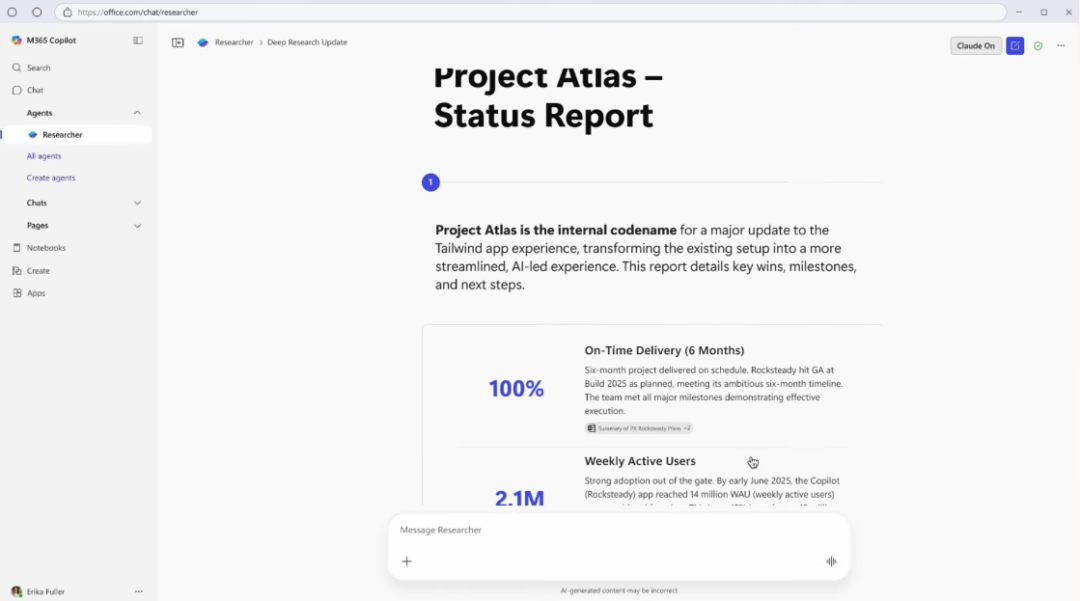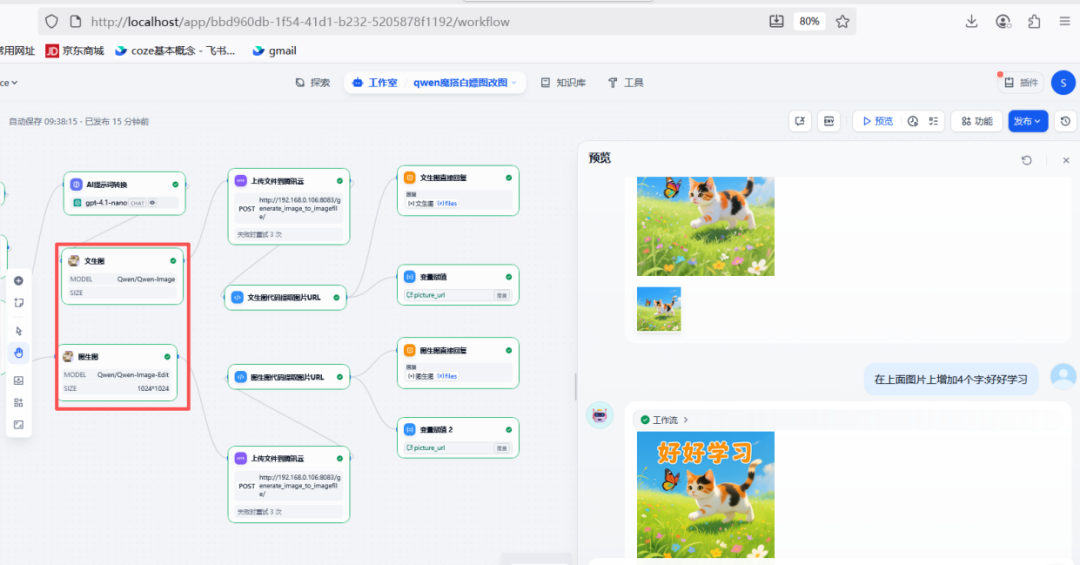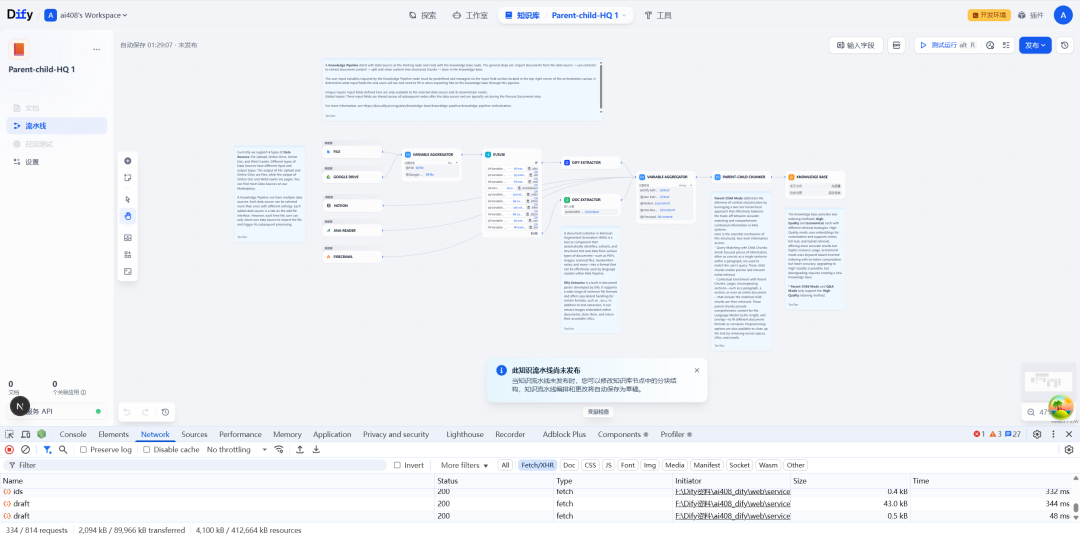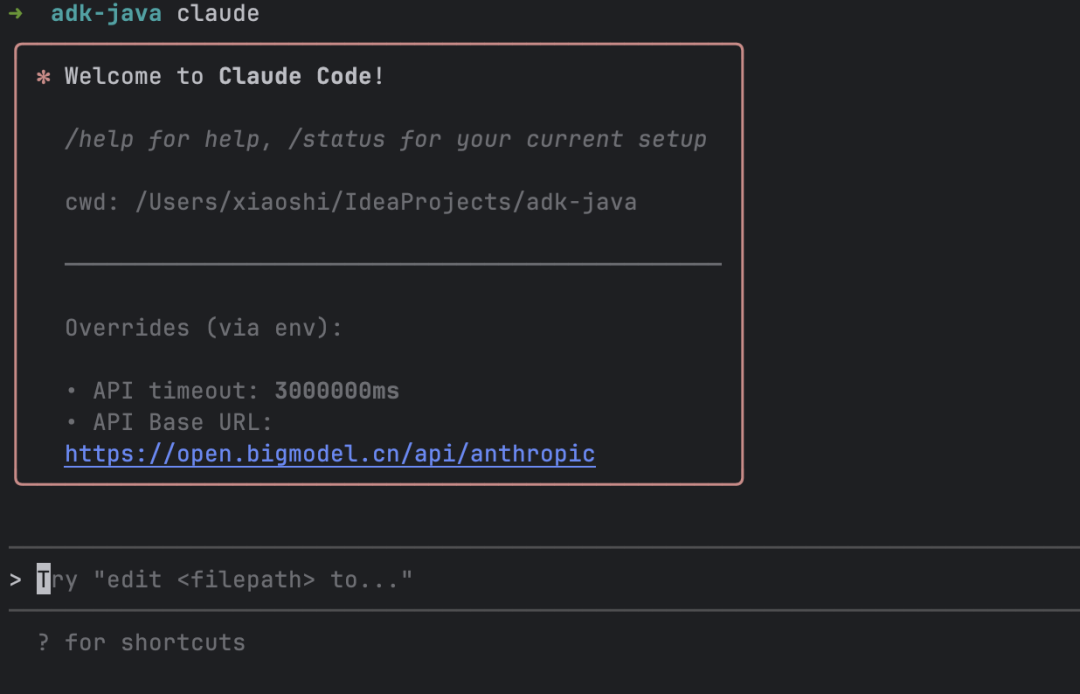Buckle Space Planning Model Explained
The planning mode of Buckle Space is one of its featured functions, which is mainly used for processing complex tasks. In this mode, the AI intelligence will break down large tasks entered by the user into detailed steps that can be executed to form a structured work plan.
The specific operation process is divided into four stages: first, the user inputs the task objectives (e.g., "develop an annual marketing strategy"), and the intelligent body generates a draft plan containing sub-tasks; second, the user reviews and confirms the feasibility of each step; then the intelligent body executes the plan step by step in accordance with the confirmed plan; and finally, it outputs a complete document of the results. The entire process supports multiple iterations to ensure that the final output meets expectations.
This mode is particularly suitable for the following tasks:
- project management: e.g. product development roadmap, event planning program
- strategic planning: Marketing strategy, business plan development
- Multi-stage creation: Series content production, research report writing
- Process Optimization: Standardization of business operations, workflow re-engineering
Compared with the traditional model, the advantages of the planning model are: automatic task decomposition reduces the burden of thinking, visual progress management improves controllability, and step-by-step confirmation mechanism ensures execution accuracy. This makes it possible to improve the efficiency of handling complex tasks by more than 50%.
This answer comes from the articleBuckle Space: an office platform for efficiently creating and managing AI intelligencesThe
































